Prepare for a cucumber spectacle like no other! Ever wondered when those delightful cucumbers will burst onto the gardening scene?
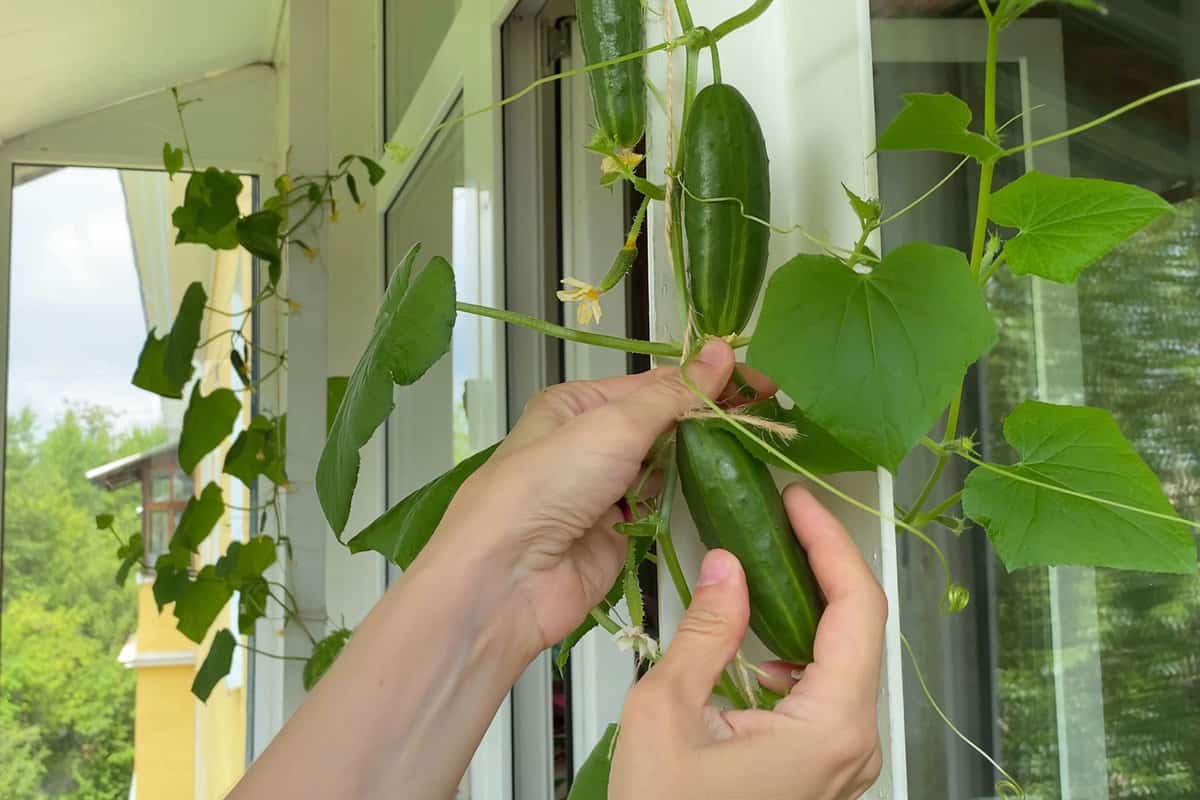
Well, get ready for a front-row seat as we unravel the mysteries of their captivating production timeline.
Let's embark on a cucumber-filled adventure that will have you on the edge of your gardening gloves, eager to witness nature's green magic unfold.
So buckle up, fellow cucumber enthusiasts, as we dive into the enchanting world of cucumbers and discover when the show truly begins!
Factors that Affect Cucumber Production Time
Generally, cucumbers will start producing fruit between 50 and 70 days after planting. However, this can vary depending on the variety of cucumber you're growing.
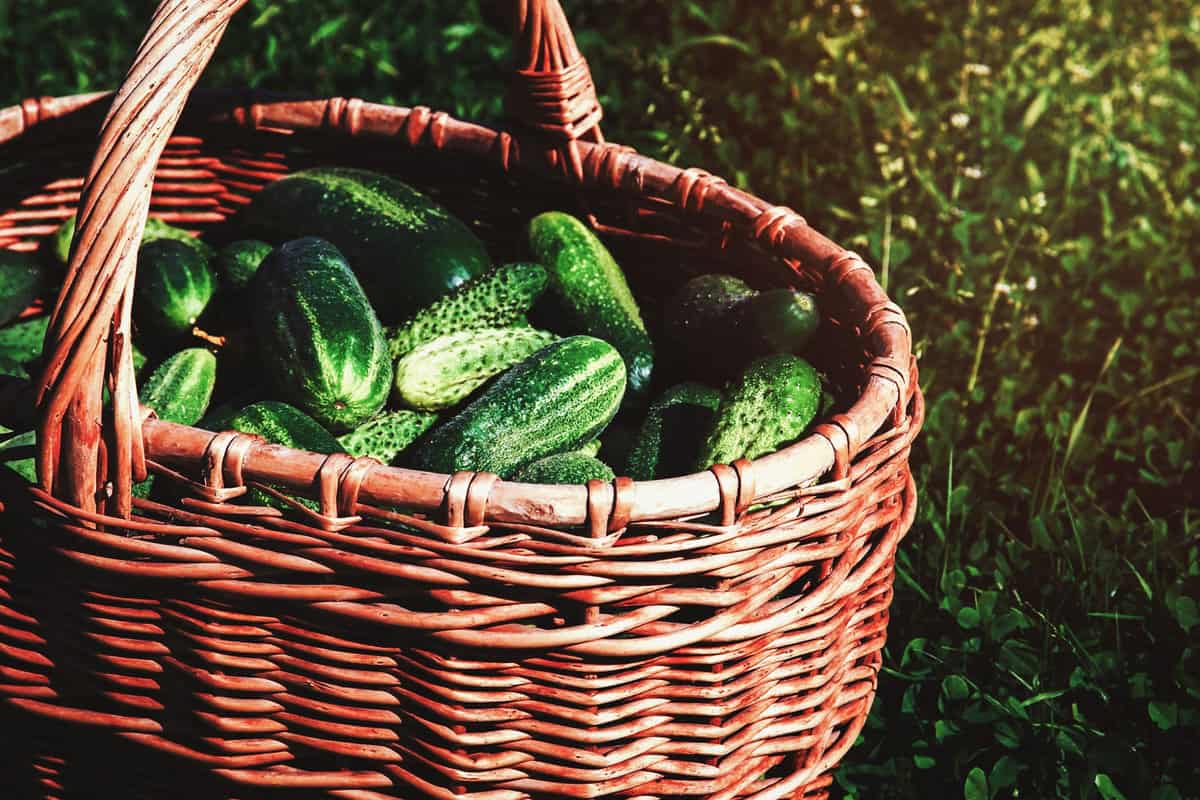
Some varieties, such as pickling cucumbers, may start producing fruit sooner than others.
Cucumber production time is a critical factor if you want to capitalize on your yields. Several factors affect the time when cucumbers start production.
Understanding these factors can help you plan your planting schedule and optimize your cucumber production.
Climate and Temperature
The climate and temperature are essential factors that affect the production time of cucumbers.
Cucumbers grow best in warm temperatures between 70°F and 90°F. The ideal temperature for cucumber seed germination is between 65°F and 85°F.
If the temperature is too low, the seeds will not germinate, and the plants will grow slowly.
If the temperature is too high, the plants will grow too fast, and the quality of the cucumbers will be affected.
Cucumbers also require a lot of sunlight to grow. They need at least 6 hours of direct sunlight per day.
If the plants do not receive enough sunlight, they will grow slowly, and the cucumbers will not mature properly.
Therefore, it is crucial to plant cucumbers in an area that receives plenty of sunlight.
Variety of Cucumber Plants
The variety of cucumber plants is another critical factor that affects the production time of cucumbers.
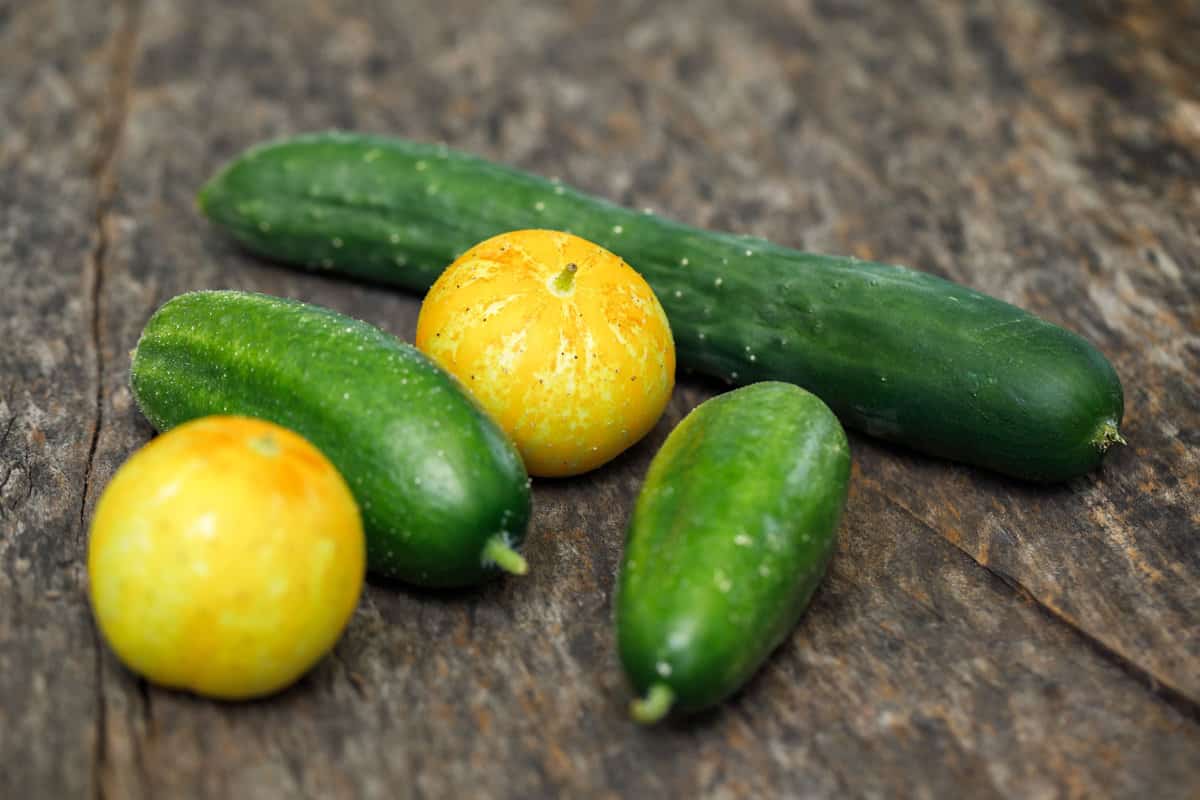
There are several different types of cucumber plants, and each variety has its own unique characteristics.
Some varieties of cucumber mature faster than others. Therefore, it is essential to choose the right variety of cucumber plants for your garden.
Some of the most common cucumber varieties include:
- Slicing cucumbers
- Pickling cucumbers
- Burpless cucumbers
- Lemon cucumbers
Slicing cucumbers are the most common type of cucumber and are often used in salads and sandwiches.
Pickling cucumbers are smaller and are often used to make pickles.
Burpless cucumbers are sweeter and less bitter than other varieties, while lemon cucumbers are small and round and have a tangy flavor.
Cucumber Production Timeline
When it comes to cucumber production, timing is everything. Understanding the cucumber production timeline is essential for successful growth and harvesting.
Here is a breakdown of the different stages of cucumber production:
Preparation and Planting
The first step in cucumber production is preparing the soil. Cucumbers prefer well-drained soil with a pH between 6.0 and 6.5.
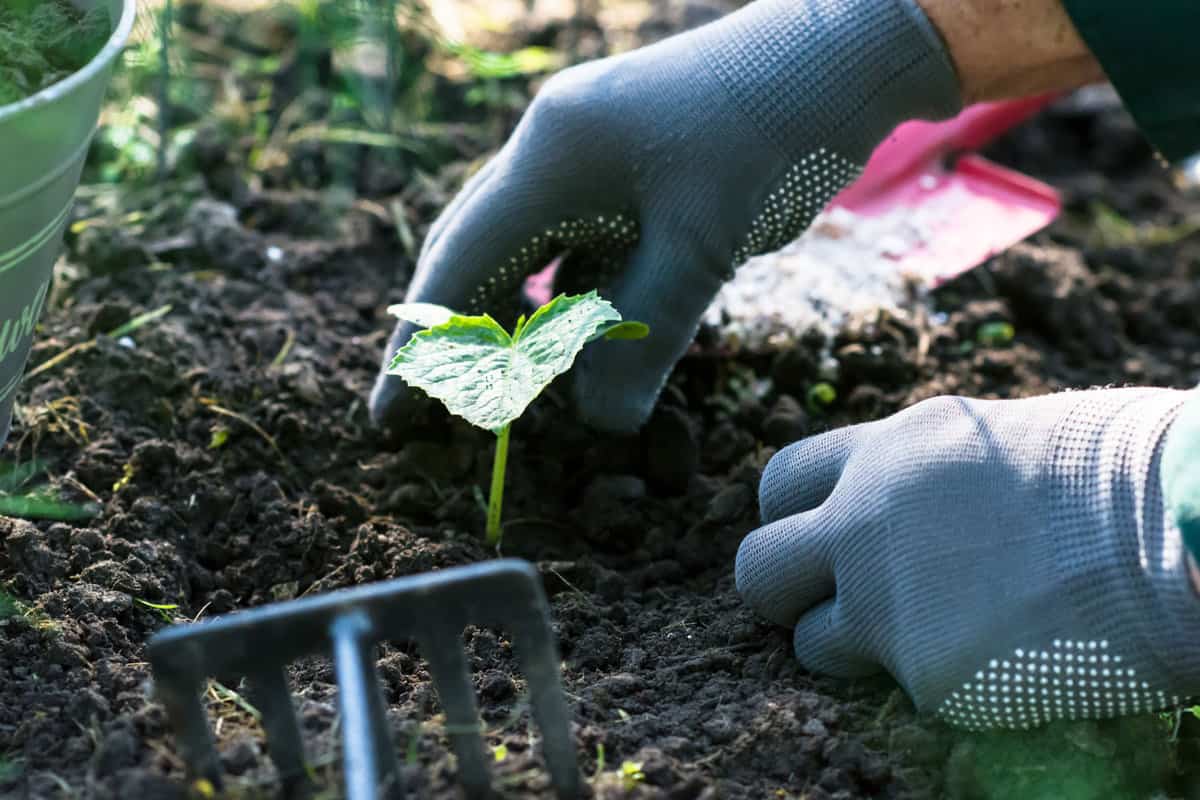
Start by tilling the soil to a depth of 8-10 inches and adding compost or other organic matter to improve soil fertility.
Cucumbers are typically planted in the spring, after the danger of frost has passed.
Plant seeds 1 inch deep and 6 inches apart. If you are using transplants, space them 12 inches apart.
Vegetative Growth
Once the seeds have germinated, you will start to see the first true leaves. At this point, it is important to thin the plants to ensure proper spacing.
If the plants are too close together, they will compete for nutrients and water, which can lead to stunted growth and reduced yields.
During the vegetative growth stage, cucumber plants will produce vines and leaves. It is important to keep the plants well-watered and fertilized during this time.
Cucumbers are heavy feeders and will benefit from regular applications of nitrogen-rich fertilizer.
Flowering and Fruit Set
After 4-6 weeks of vegetative growth, the cucumber plants will start to produce flowers.
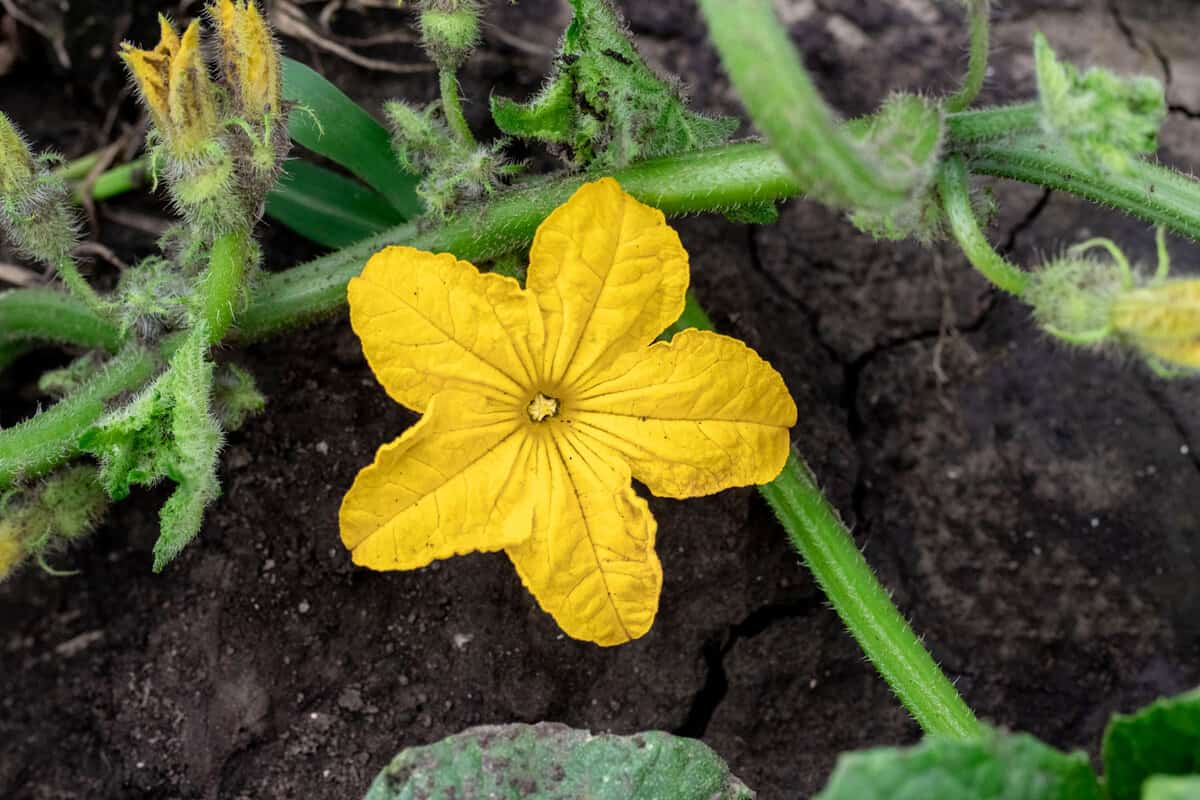
Cucumbers are monoecious, meaning they have separate male and female flowers on the same plant. The male flowers will appear first, followed by the female flowers.
Once the female flowers are pollinated, they will start to develop into cucumbers.
It is important to keep the plants well-watered and fertilized during this stage to ensure healthy fruit development.
Harvesting
Cucumbers are typically ready to harvest 50-70 days after planting. They should be picked when they are firm and dark green. Overripe cucumbers will be yellow and bitter.
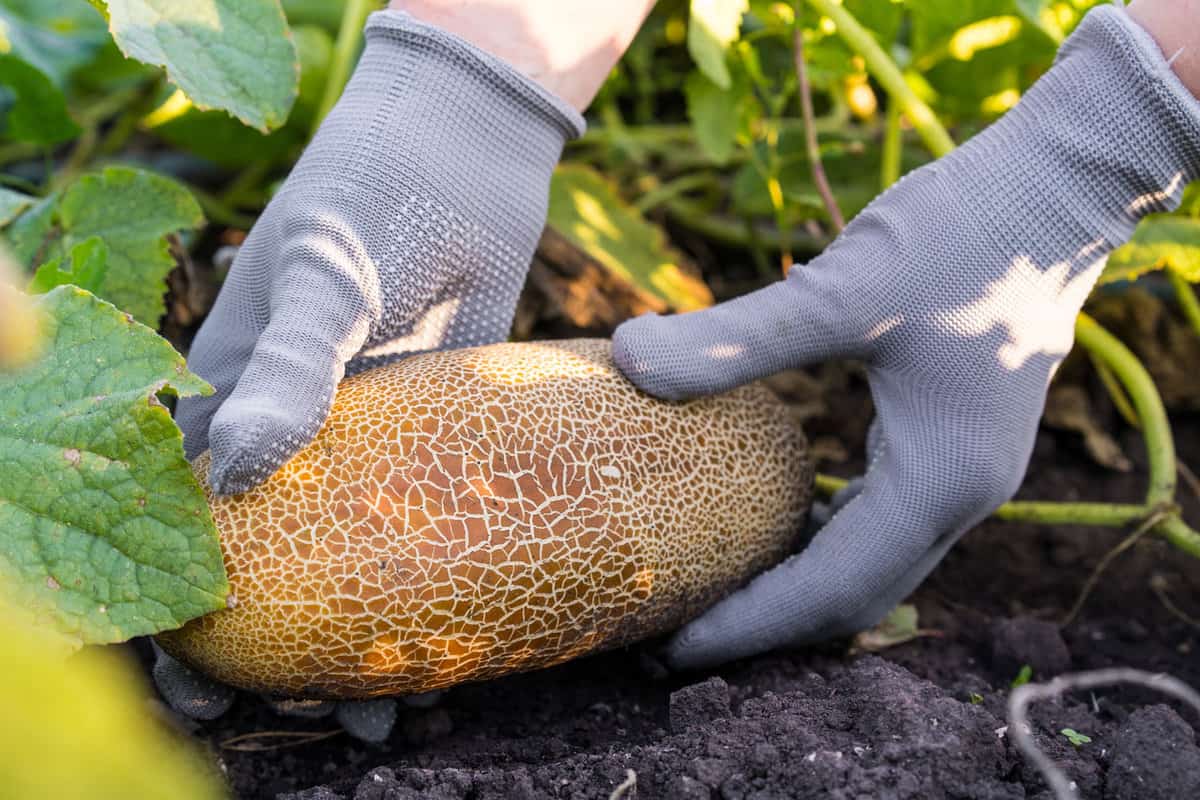
Harvesting should be done regularly to encourage continued fruit production.
If you allow cucumbers to stay on the vine too long, they will become overripe and reduce the overall yield.
By following this timeline and taking proper care of your cucumber plants, you can enjoy a bountiful harvest of fresh, delicious cucumbers!
Tips for Maximizing Cucumber Production
If you want to maximize cucumber production, there are several things you can do.
Proper irrigation and fertilization, pest and disease control, and crop rotation are all important factors to consider.
Proper Irrigation and Fertilization
Cucumbers require a lot of water and nutrients to grow properly.
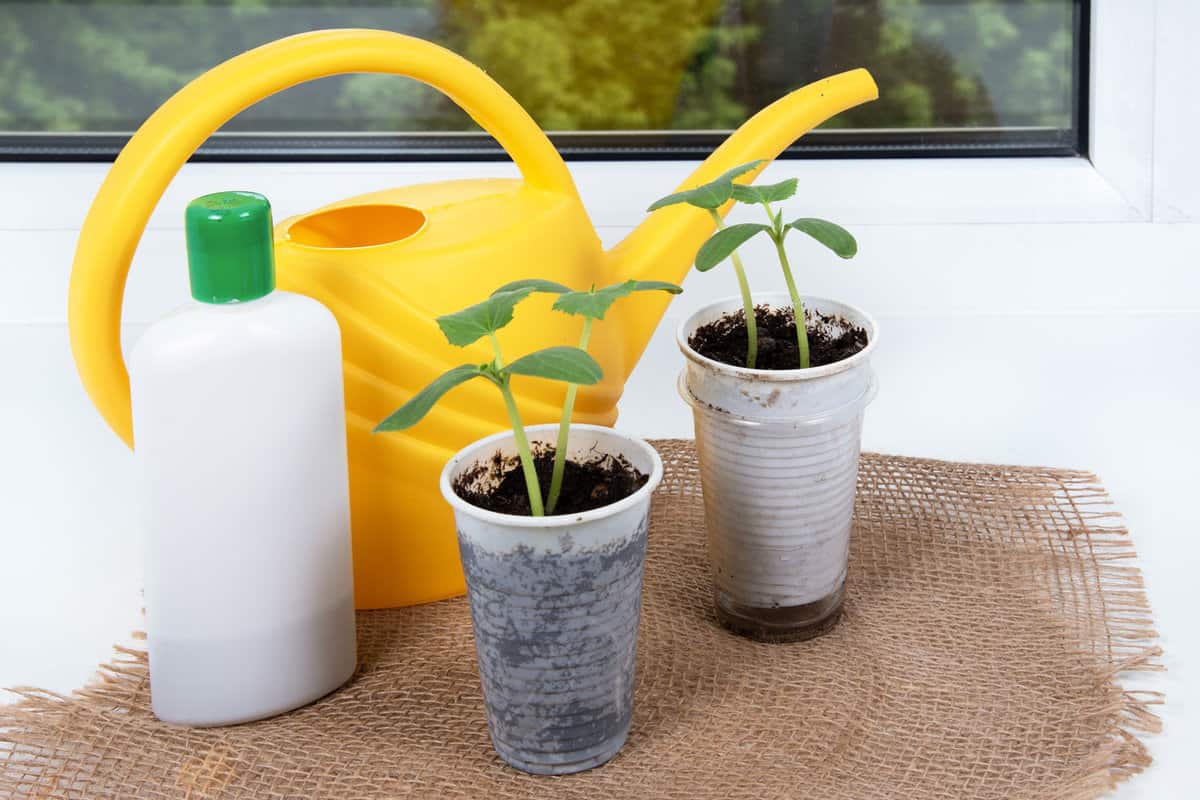
Make sure to irrigate your cucumber plants regularly and deeply to ensure that they get enough water. You can also use a drip irrigation system to conserve water and prevent fungal diseases.
In terms of fertilization, cucumbers require a lot of nitrogen, phosphorus, and potassium.
Make sure to apply the fertilizer evenly and avoid over-fertilizing, which can lead to salt buildup and damage to the roots.
Pest and Disease Control
Pest and disease control is crucial for maximizing cucumber production.
Cucumber beetles, aphids, and spider mites are common pests that can damage your plants.
You can use insecticidal soaps, neem oil, or other organic pesticides to control these pests.
Additionally, cucumber plants are susceptible to powdery mildew, downy mildew, and bacterial wilt.
Make sure to plant your cucumbers in well-drained soil and avoid overcrowding, which can lead to increased humidity and disease.
You can also use fungicides to prevent and control these diseases.
Crop Rotation
Crop rotation is important for preventing soil-borne diseases and pests and maximizing cucumber production.
Avoid planting cucumbers in the same spot every year and rotate them with other crops such as tomatoes, peppers, or beans.
This will help prevent the buildup of soil-borne diseases and pests and ensure that your cucumber plants have access to fresh nutrients.
Cuke Countdown: Unveiling the Moment Cucumbers Take the Stage!
In this thrilling cucumber journey, we've unearthed the secrets surrounding the production timing of these garden wonders.
Cucumbers, the heroes of summer salads, waste no time in gracing us with their presence.
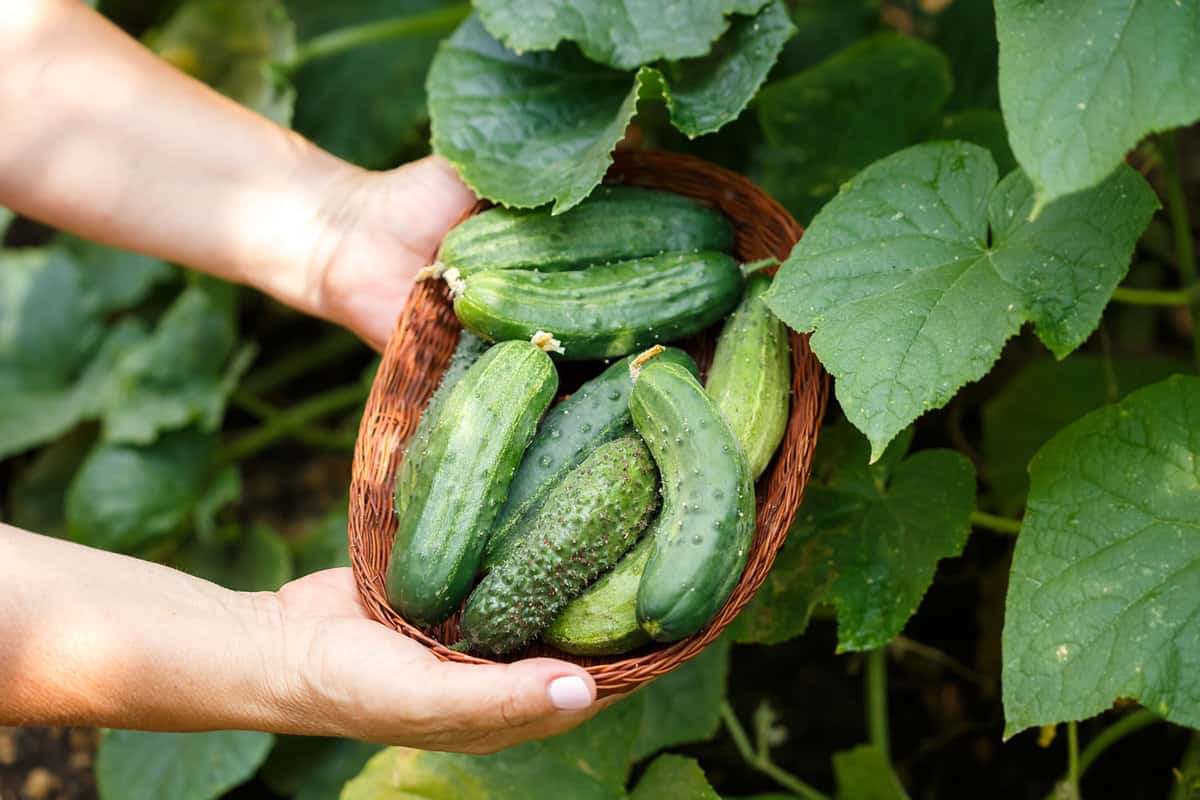
So, don your gardening gloves, soak up the sun, and anticipate the delightful crunch of those first cucumbers that will leave your taste buds dancing with joy.
Equipped with this knowledge, you're now ready to navigate the captivating journey of cucumbers.
Happy gardening, and may your cucumber patch forever yield a bounty of nature's green perfection!
Here are more posts to enjoy:
Can You Plant Cucumbers And Tomatoes Together?
Can Cucumber And Cilantro Be Planted Together? A Quick Gardening Guide
